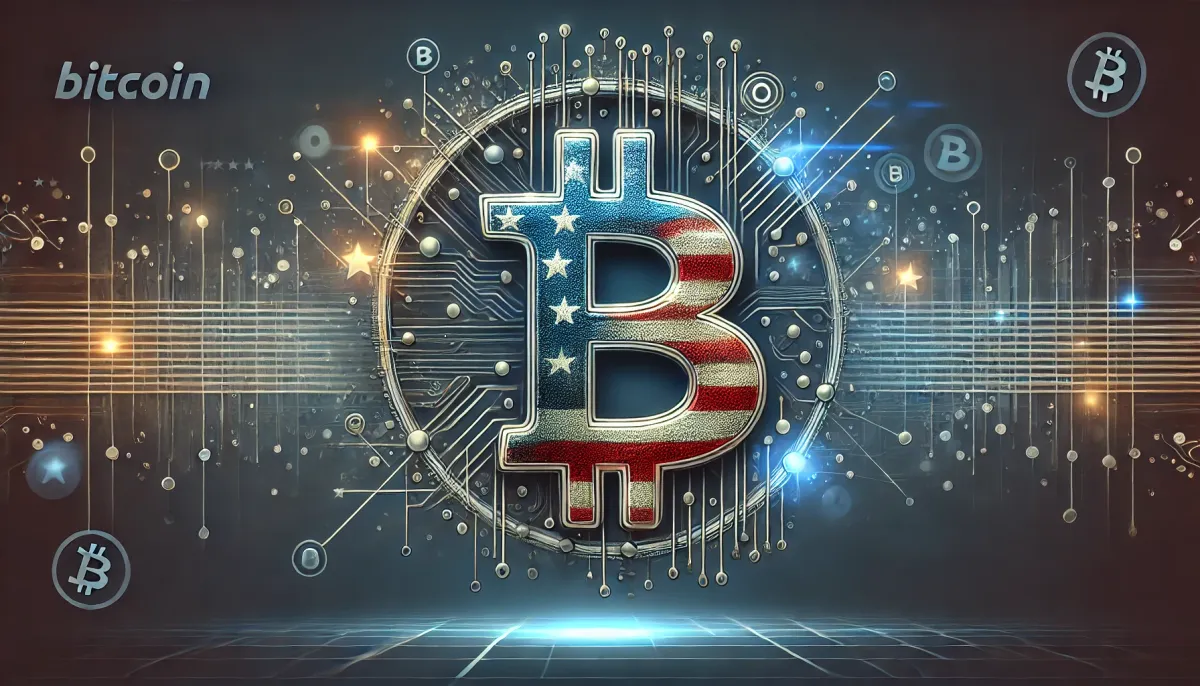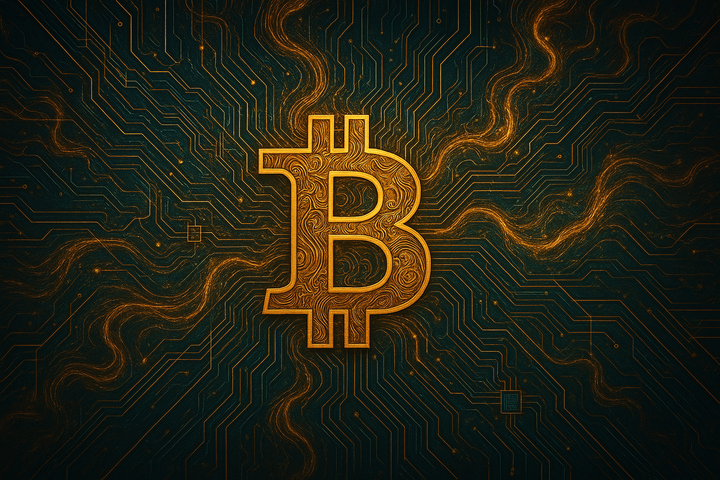Tariff Strategies and Economic Realities
On April 08, 2025, the Coin Stories podcast featured Anthony Pompliano discussing aggressive U.S. tariff strategies designed to reshape trade negotiations and drive domestic manufacturing.

- My 'briefing notes' summarize the content of podcast episodes; they do not reflect my own views.
- They contain (1) a summary of podcast content, (2) potential information gaps, and (3) some speculative views on wider Bitcoin implications.
- Pay attention to broadcast dates (I often summarize older episodes)
- Some episodes I summarize may be sponsored: don't trust, verify, if the information you are looking for is to be used for decision-making.
Summary
On April 08, 2025, the Coin Stories podcast featured Anthony Pompliano discussing aggressive U.S. tariff strategies designed to reshape trade negotiations and drive domestic manufacturing. His insights link historical tariff practices and economic inequality with evolving market dynamics, including the interplay between Bitcoin and traditional financial systems.
Take-Home Messages
- Tariff Strategy: Aggressive tariffs serve as a lever to force renegotiations and rebalance international trade relations.
- Reshoring Imperative: Targeted tariffs aim to stimulate domestic manufacturing and job creation.
- Economic Duality: Policy debates are deeply influenced by the growing divide between affluent investors and the working class.
- Market Interdependence: Increasing correlations between Bitcoin and traditional markets call for refined investment strategies.
- Policy Adjustment: Future tariff reductions and targeted reforms are essential for sustainable economic recovery.
Overview
Anthony Pompliano outlines a contemporary economic landscape divided between a thriving financial elite and a struggling working class. He emphasizes that these contrasting realities underpin the rationale for targeted tariff policies. His analysis draws on historical precedents where tariffs funded government operations and helped forge a domestic industrial base.
He explains that the current aggressive tariff policy, described as a shock and awe tactic, is intended to bring foreign trade partners to the negotiating table. Pompliano stresses that while initial impacts may be disruptive, they aim to catalyze long-term economic restructuring. His account is grounded in real-world observations, avoiding ideological bias.
The discussion highlights a strategic rebalancing effort where tariffs are used to protect domestic industries and reshore manufacturing. Pompliano criticizes the myth of unilateral free trade and explains that market manipulations blur the lines between free and managed trade. He repeatedly underscores the importance of adjusting trade policies to reflect modern economic realities.
Further, Pompliano addresses the growing correlation between Bitcoin and traditional financial markets. He notes that this trend reflects broader shifts in investor behavior as Bitcoin becomes integrated into conventional portfolios. His insights suggest that evolving risk dynamics will influence both policy formulation and market strategies in the near future.
Stakeholder Perspectives
- Policymakers are focused on reducing trade deficits while promoting domestic industrial revival and job creation.
- Domestic manufacturers advocate for increased reshoring and vertical integration to secure competitive advantages.
- Working-class communities demand immediate relief and policies that directly address economic disparities.
- Financial analysts monitor the shifting correlations between Bitcoin and traditional assets to reassess risk management strategies.
- International trade partners weigh the benefits of fair negotiation against the potential disruption of aggressive tariff measures.
Implications and Future Outlook
Pompliano’s analysis implies that while aggressive tariffs may initially destabilize markets, they are expected to lead to more favorable trade terms and increased domestic production in the long run. These policies could nurture an environment that incentivizes reshoring and reinvigorates American manufacturing capacities. However, market volatility may persist during the adjustment period.
The evolving relationship between Bitcoin and traditional markets indicates that digital asset behavior is increasingly intertwined with broader financial trends. This intertwining could affect risk diversification strategies and prompt regulators to update oversight frameworks. Stakeholders must monitor these trends closely to align investment and policy decisions effectively.
Ultimately, the broadcast suggests that measured policy adjustments and continued dialogue will be critical to addressing both economic inequality and global trade imbalances. The interplay between tariff measures, manufacturing reshoring, and digital asset markets sets the stage for long-term structural change. Effective stakeholder collaboration will be essential to navigate these complex economic shifts.
Some Key Information Gaps
- How will sustaining structural trade deficits affect the U.S. role as a global reserve currency? This question is critical as it examines the long-term impact on economic stability and global financial influence. Its answer could inform strategic adjustments in fiscal and monetary policies.
- How does political polarization influence public and stakeholder acceptance of aggressive tariff policies? This inquiry is pivotal because ideological divides shape policy implementation and its reception. Addressing this gap could foster more inclusive economic policy formulation.
- How significantly do tariffs contribute to reshoring efforts in domestic manufacturing? This question is essential to assess the tangible effects of current trade policies on American industrial revival. Its resolution could help predict job creation and competitive positioning.
- How does the growing correlation between Bitcoin and the stock market affect investor behavior? This gap is significant given the intertwined nature of digital and traditional asset classes. Insights here are crucial for refining risk management and diversification strategies.
- How do market manipulations undermine the principles of free trade in current economic systems? This inquiry challenges the disconnect between free trade ideals and operational realities. Its exploration may guide the development of more robust regulatory measures.
Broader Implications for Bitcoin
Tariff Impact on Global Economic Order
Aggressive tariff strategies have the potential to disrupt established international trade dynamics. They may prompt global partners to re-evaluate their competitive strategies, altering long-standing economic relationships. This shift could lead to a broader realignment of trade practices and redefined global economic hierarchies.
Reshaping the Industrial Base
Increased focus on reshoring and vertical integration can help revitalize domestic manufacturing, reducing dependency on external supply chains. This transformation not only fosters economic resilience but may also spur innovation and modernization across industries. The resulting industrial base could enhance national competitiveness on the global stage.
Bitcoin Integration
The growing correlation between Bitcoin and traditional markets reflects an evolving investment landscape. As Bitcoin becomes integral to portfolios, it could redefine risk profiles and influence monetary policy. This integration may ultimately prompt a reconsideration of both regulatory frameworks and strategic investment approaches.



Comments ()